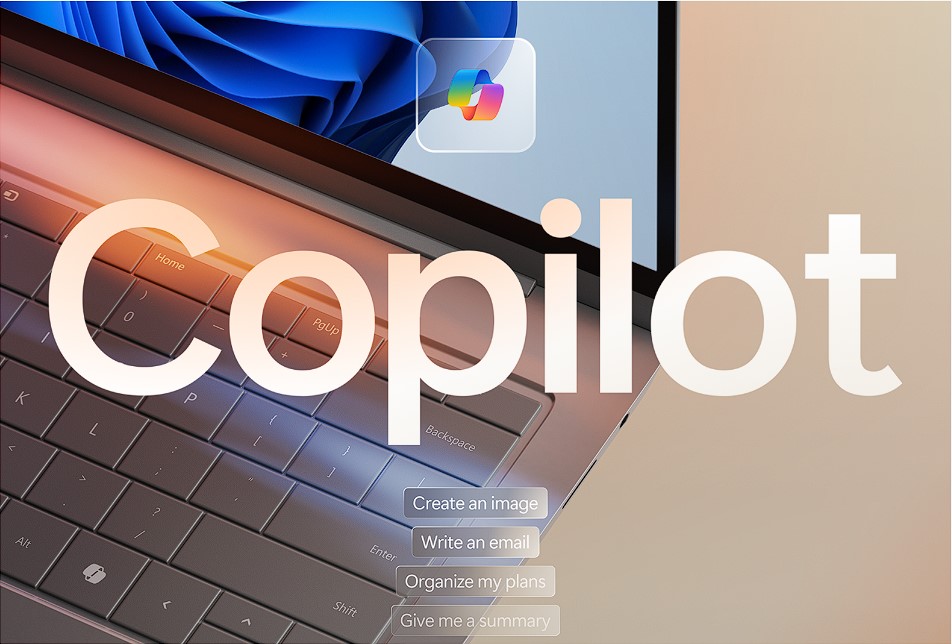Microsoft Adds New Key On PC Keyboard After Almost 30 Years
Hopefully, it sticks around this time.
Take a few seconds and look down at your keyboard
Without much thought, we're sure that you already know where each key is generally located. That is because the QWERTY layout has been in use since 1870, and not much has changed since then except for minor adjustments here and there.
However, Microsoft is adding a new key to the mix, after almost three decades since the last addition to the QWERTY layout, which was the Windows key.
Microsoft is adding a dedicated key for Copilot, their new artificial intelligence (AI) companion
Announced recently on the Microsoft blog, the new Copilot key will be present on Windows 11 PCs moving forward.
In the days leading up to and during CES 2024 — the world's largest tech expo — the Copilot key will begin appearing on numerous new Windows 11 PCs from the brand's ecosystem partners. This feature will be available starting later this month and continuing through Spring, including on upcoming Surface devices.
Check out Microsoft's video announcement below:
The Copilot key is set to be positioned on the right side of the keyboard layout, sandwiched between the Alt key and the left arrow key
Upon activation, the Copilot key will initiate Microsoft Copilot, an AI chatbot introduced last year and integrated into Windows 11, as well as Microsoft's web browsers Bing and Edge. Similar to other chatbots like Bard, ChatGPT, and Grok, users can ask Microsoft Copilot various questions.
Microsoft is confident that AI will be seamlessly integrated into our lives
The introduction of this new key reflects Microsoft's strong push for users to adopt Copilot and other generative AI products. Unlike some past initiatives such as Bing, Edge, Cortana, and the Microsoft Store that didn't become integrated into hardware, the Copilot key is a notable departure.
If Copilot doesn't gain traction or undergoes a similar de-emphasis as Cortana, the Copilot key could serve as a distinctive feature, allowing users to quickly identify a Windows PC from the mid-2020s, akin to how changes to the Windows logo date keyboards from earlier periods.
